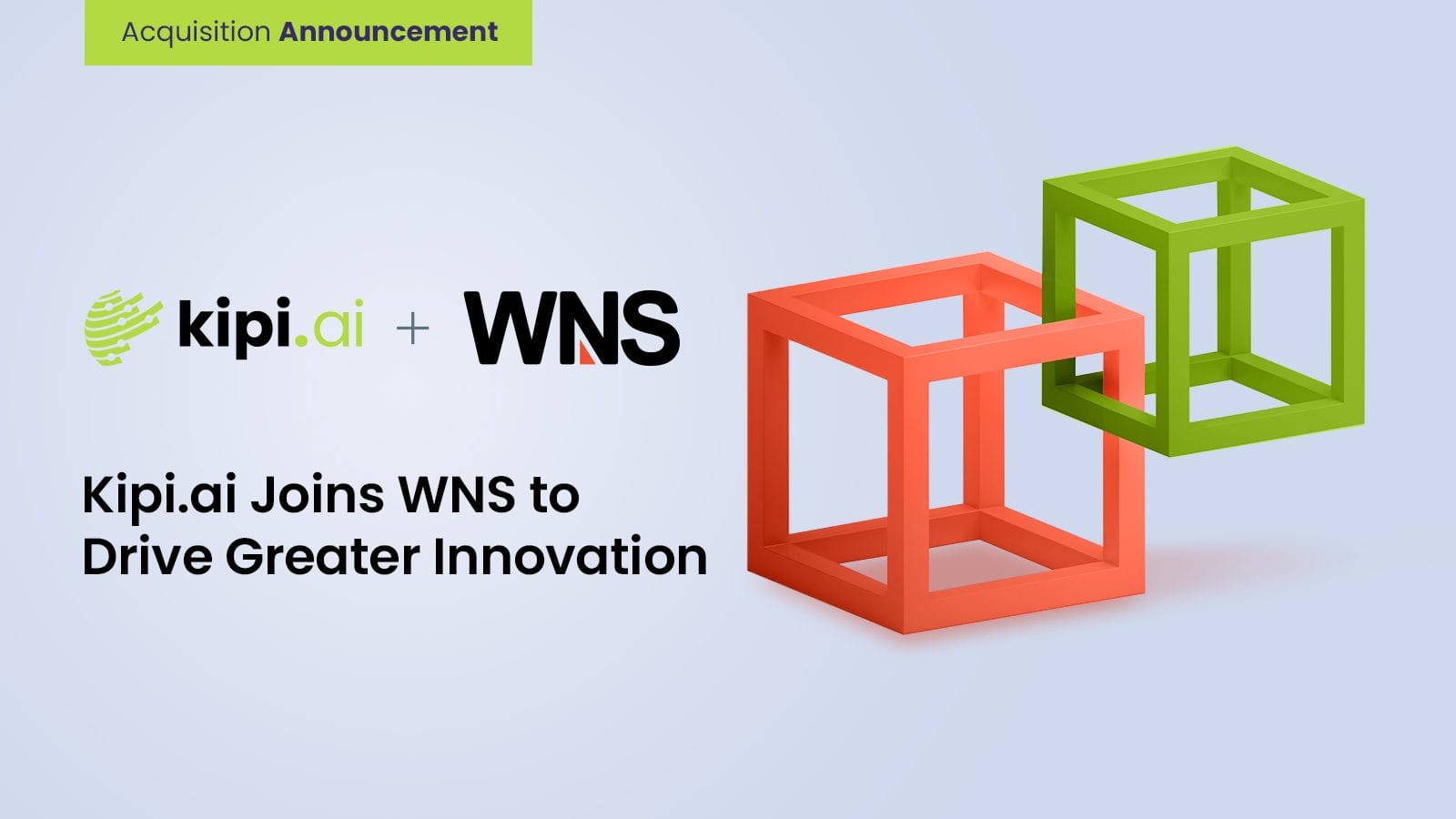Introduction
Financial services companies continuously strive to understand and predict customer behavior to maintain a competitive edge. Machine learning (ML) can significantly impact two critical areas: account churn and customer segmentation. Snowflake Cortex, with its Classification ML function, offers a powerful toolset to tackle these challenges effectively. This blog explores how financial institutions can leverage Snowflake Cortex to address account churn and enhance customer segmentation.
Understanding Account Churn with Snowflake Cortex
Account churn, the loss of customers over time, poses a significant threat to financial institutions. Predicting churn allows companies to implement proactive measures to retain valuable customers. Snowflake Cortex’s Classification ML function can be a game-changer in this context.
- Data Collection and Preparation: The first step in addressing account churn is to gather relevant data. This includes transactional data, customer demographics, service usage patterns, and interaction history. Snowflake’s ability to seamlessly integrate and handle large datasets from various sources ensures comprehensive data availability.
- Feature Engineering: Effective ML models rely on meaningful features. Using Snowflake Cortex, data scientists can create features such as transaction frequency, average account balance, customer tenure, and service usage metrics. Snowflake’s SQL-based approach simplifies this process, allowing for the rapid transformation and combination of datasets.
- Model Training and Validation: With Snowflake Cortex’s Classification ML function, training a churn prediction model becomes straightforward. By applying supervised learning techniques, the model can learn from historical churn data. The function’s built-in capabilities for cross-validation ensure that the model is robust and generalizes well to new data.
- Prediction and Action: Once the model is trained, it can predict the likelihood of churn for each customer. Financial institutions can then categorize customers based on their churn risk levels. High-risk customers can be targeted with personalized retention strategies, such as exclusive offers or personalized communication, to mitigate churn.
- Continuous Improvement: The financial landscape is dynamic, and customer behavior evolves. Snowflake Cortex allows for continuous model retraining with new data, ensuring that the predictions remain accurate and relevant. By regularly updating the model, companies can adapt to changing market conditions and customer preferences.
Enhancing Customer Segmentation with Snowflake Cortex
Customer segmentation involves dividing a customer base into distinct groups with similar characteristics or behaviors. Effective segmentation allows financial institutions to tailor their marketing strategies, products, and services to meet the specific needs of each group. Snowflake Cortex’s Classification ML function excels in this domain as well.
- Segmentation Strategy: The first step is defining the segmentation criteria. This could be based on demographic factors (age, income), behavioral data (transaction patterns, product usage), or a combination of both. Snowflake’s robust data handling capabilities enable the integration of diverse data sources to create a holistic view of each customer.
- Model Development: Snowflake Cortex can be used to develop classification models that assign customers to different segments. For instance, a financial institution might want to segment customers into categories like “High Net Worth,” “Young Professionals,” “Retirees,” and “Small Business Owners.” The Classification ML function can be trained on labeled data to accurately classify customers into these segments.
- Personalized Offerings: Once the segmentation model is in place, financial institutions can create highly personalized marketing campaigns and product offerings for each segment. For example, “Young Professionals” might receive targeted messages about investment opportunities, while “Retirees” might be offered wealth management services. This tailored approach enhances customer satisfaction and engagement.
- Real-Time Insights: Snowflake Cortex supports real-time data processing, enabling financial institutions to dynamically update customer segments as new data comes in. This real-time capability ensures that marketing strategies remain relevant and effective, even as customer behavior changes.
- Performance Monitoring and Refinement: Continuous monitoring of the segmentation model’s performance is crucial. Snowflake Cortex allows for easy evaluation and refinement of the model. Financial institutions can track key performance indicators (KPIs) such as engagement rates, conversion rates, and customer satisfaction levels for each segment, making necessary adjustments to optimize outcomes.
Conclusion
Snowflake Cortex’s Classification ML function provides financial services companies with a powerful toolset to address account churn and customer segmentation. By leveraging Snowflake’s robust data integration capabilities, seamless model training, and real-time insights, financial institutions can predict customer behavior more accurately and tailor their strategies to meet the specific needs of their customers. This not only helps in retaining valuable customers but also enhances overall customer satisfaction and loyalty. Embracing Snowflake Cortex for these use cases positions financial institutions to thrive in an increasingly competitive market.







